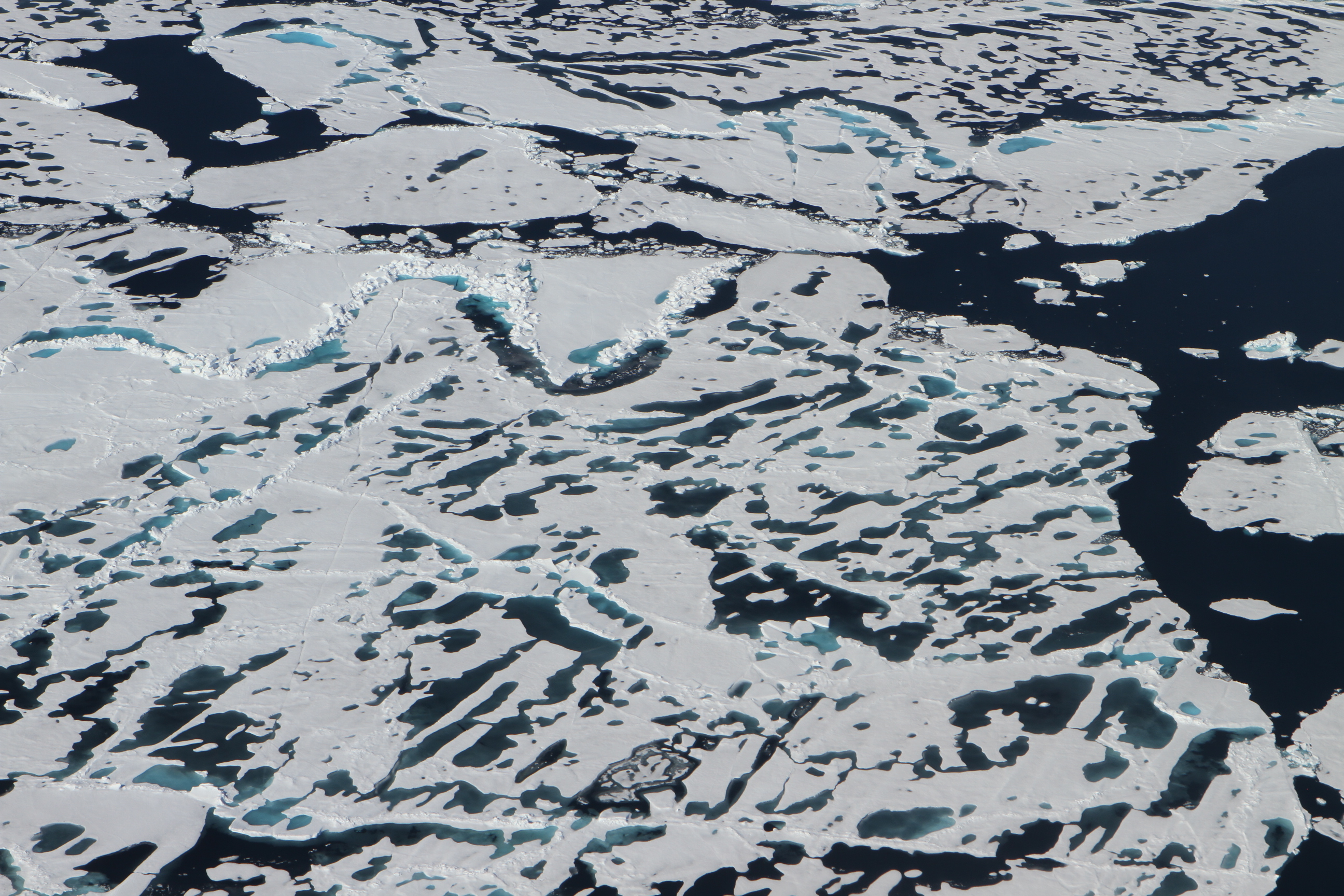Record-Low Arctic Sea Ice Is the 'New Normal,' NASA Says

The Arctic has experienced a trend of thinning and melting ice for more than a decade, and NASA scientists now say these worrisome depleted ice levels are the "new normal."
Melt season in the Arctic Ocean has consistently experienced record lows in recent years. This year, a record low for the sea-ice extent (the area of ocean covered by the ice) was set in March, with relatively rapid ice loss continuing through May, according to NASA scientists. Although the melting slowed in June — likely keeping this year's summertime sea-ice minimum extent from setting a new record low — the Arctic ice is not bouncing back, the scientists said.
"Even when it's likely that we won't have a record low, the sea ice is not showing any kind of recovery. It's still in a continued decline over the long term," Walt Meier, a sea ice scientist at NASA's Goddard Space Flight Center in Greenbelt, Maryland, said in a statement. "It's just not going to be as extreme as other years, because the weather conditions in the Arctic were not as extreme as in other years." [Images of Melt: Earth's Vanishing Ice]
Whereas a decade ago, this year's extent would have set a new record low, these low levels of sea ice are now "the new normal," Meier said.
Consistently hotter temperatures have taken a toll on the Arctic. This year, sea-ice cover north of Russia opened in April, weeks ahead of schedule, NASA reported, and by the end of May, sea-ice cover was more comparable to end-of-June levels.
Weather conditions also affect Arctic ice, according to NASA. As the weather changed in June, sea-ice loss slowed due to low atmospheric pressure, cloudiness and winds. However, as of mid-August a strong cyclone was moving through the Arctic, and NASA tracked the rate of ice loss as it increased again.
"This year is a great case study in showing how important the weather conditions are during the summer, especially in June and July, when you have 24 hours of sunlight and the sun is high in the sky in the Arctic," Meier said.
Sign up for the Live Science daily newsletter now
Get the world’s most fascinating discoveries delivered straight to your inbox.
Along with sea-ice cover, the thickness of the ice is also important in determining the health of the Arctic. Thorsten Markus, chief of NASA Goddard's cryosphere lab, said scientists know very little about the sea ice's thickness.
Research vessels and submarines can measure ice thickness directly, and some airborne instruments take readings, but satellites haven't been able to provide a complete look at sea-ice thickness.
NASA is planning to launch the Ice, Cloud and land Elevation Satellite-2, or ICESat-2 — a satellite equipped with lasers to measure the elevation of the ice cover compared to the water level — in 2018. These measurements, combined with calculations of the nine-tenths of sea ice that lies below the water's surface, will help create a more complete picture of sea-ice thickness, the agency said.
"If we want to estimate mass changes of sea ice, or increased melting, we need the sea-ice thickness," Markus said. "It's critically important to understanding the changes in the Arctic."
Original article on Live Science.











